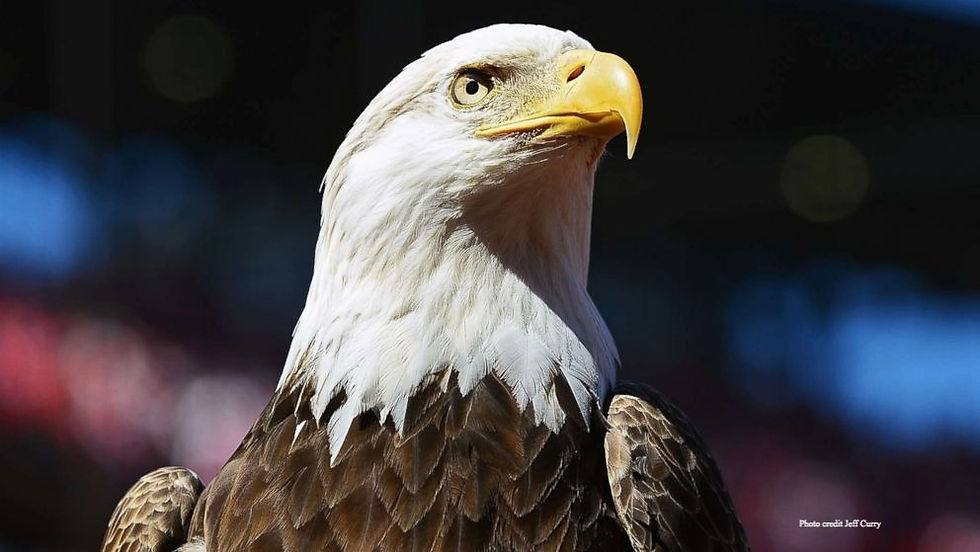CRITTER SPOTLIGHT: Reindeer: Rangifer Tarandus
- cynthiamorissette
- Dec 13, 2020
- 2 min read

Today's critter spotlight is about a legendary creature, the reindeer. These amazing wild, and magical creatures also known in North America as caribou are definitely for REAL!! Let's dive into their world and find out just how fantastic they are!
Rangifer tarandus is found in many parts of the world including northern Europe, northern Asia, Canada, Alaska, and Greenland. They prefer the tundra but will also inhabit some mountains, and woodland habitats. These creatures are known in the wild as reindeer in Europe and Asia, and caribou in North America. However, strangely enough, if they are domesticated in North America, they are called reindeer.
A distinguishing feature of all deer are antlers. Take a look at this great visual below from The Brain Scoop that shows the difference between antlers and horns.

The main difference is that antlers are shed every year whereas horns are never shed. A truly magical feature of reindeer is that both males and females can grow antlers. In most deer species, only males have antlers, which they use to battle for their preferred females. Reindeer females' antlers allow them to battle for food. Most females become pregnant in the winter and therefore need more food. Food can be scarce in the tundra in winter so they need their antlers to fight for the food they require. Males shed their antlers in late autumn and do not grow them back until February. Female reindeer keep their antlers until their calves are born in May, and then drop and regrow them almost immediately. When antlers are first regrown, they are covered in velvet. Velvet is a soft, almost hair-like layer of skin that provides nutrients and oxygen to the bone growing underneath. Once the bone reaches its full size, the velvet falls off and the bone dies. Aren't antlers AMAZING?
Reindeer are herbivores. Their primary source of food is lichen, but they will eat whatever vegetation is available. In the summer months when trees have leaves, reindeer will also eat the leaves of willows and birches.
Reindeer possess another magical fact, they migrate farther than any other land mammal. They can travel up to 5,000 kilometers or just over 3,000 miles. They tend to migrate in the spring and fall. They can also reach speeds up to 50 mph. Reindeer herds stay together during migration through a clicking noise that is made when tendons snap over bones in their feet. This sound doesn't just happen when they are walking on rooftops!!
Rangifer tarandus plays a very important role in tundra ecosystems. They are food for other mammals like bears and wolves, and they also help to maintain a healthy system of vegetation through their foraging activities. Reindeer are also used by many indigenous people for milk, meat, clothing, and transportation.
Rangifer tarandus is truly magical. Most of the information gathered for this post came from the great video below.
If you are interested in learning more about reindeer, please also check out this great BioKids article http://www.biokids.umich.edu/critters/Rangifer_tarandus/
Thanks for reading today's post! If you have critter spotlight ideas please send them along to me at cmorissette@narrabay.com
Today is going to be beautiful! I hope you will all get outside to explore!
Much love Watershed Explorers,
Mrs. Morissette






Comments